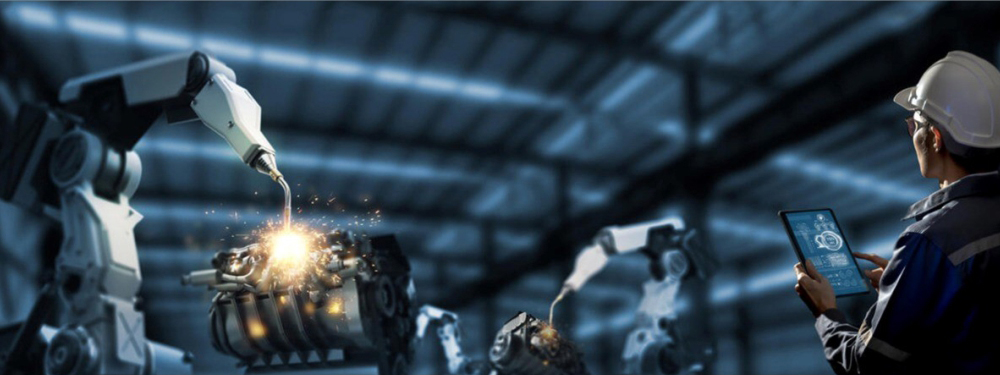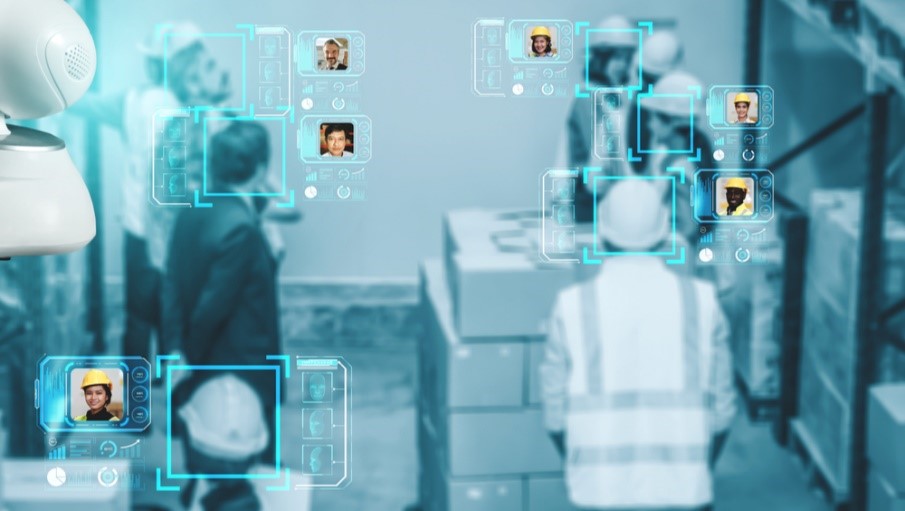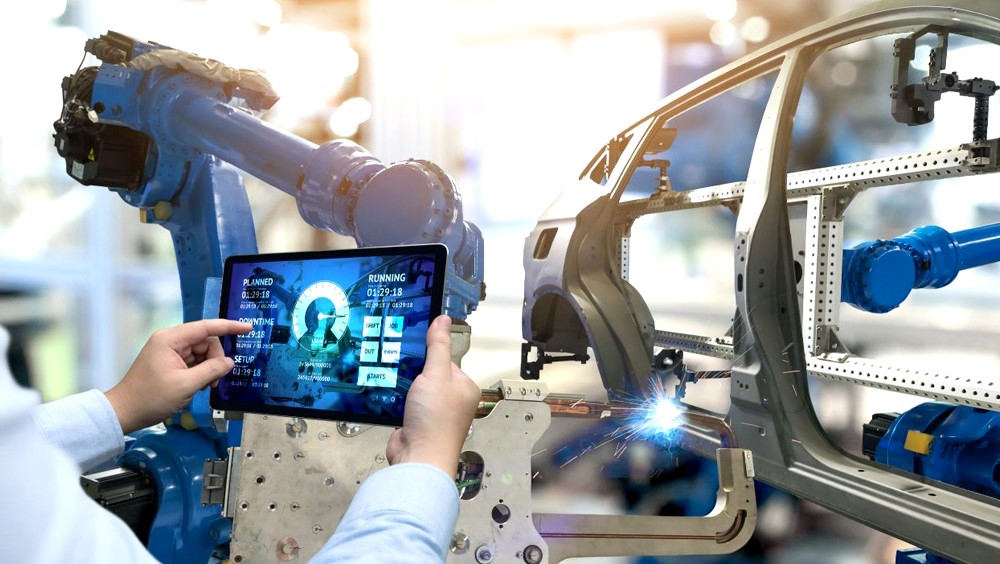India
Breadcrumb navigation
How Industry 4.0 helps in optimizing factory productivity


The world changed a lot after the Industrial Revolution in the 18th century that helped establish initial industries and laid down the framework of more structured manufacturing processes. This transformed the world in many ways, w.r.t. exponential growth in global economies and the agricultural produce, making people’s lives more accessible & more fulfilling.
Since then, many transformations have taken place during the second & third industrial revolutions creating so many technological, cultural & socio-economic changes.
This has established a solid foundation for the Fourth Industrial Revolution (also known as Industry 4.0 or the 4IR), and we are lucky to be in the midst of this, experiencing technological advancements regularly.
Industry 4.0 has combined physical, biological & digital technologies leading to artificial intelligence (AI), the Internet of Things (IoT), 3D printing, robotics, quantum computing, and many such technologies.
We should thank Industry 4.0 whenever we use a GPS to find our way around the cities, when Google photos or Facebook automatically recognizes a person's face and suggests its name, whenever Apple’s Siri or Google Assistant helps with answers to our complicated questions.

In today's world, it has countless applications in optimizing the productivity of large-scale, medium-scale, and small-scale industries. With the advent of digital transformation, complete processes could be monitored and controlled well. This also means one needs to put minimal human intervention in managing the process, leading to a more uniform & predictable end product, less wastage, less workforce cost, improved efficiency, and high operational excellence.
The factories can implement the latest technologies seamlessly by integrating the existing machines & processes through IoT and AI. This would result in intelligent manufacturing, optimized energy consumption, advanced information, remote tracking, monitoring & scheduling – all this while drastically reducing human errors.
So, the complete project lifecycle could be well-calibrated & monitored, and the real-time information is made accessible quickly & from any part of the world.

Industry 4.0 strives to implement smart factories based on centralized CPS (Cyber-Physical Systems) that collects, analyses, predicts & control the information of equipment & people in real-time, to improve the overall efficiency of the factory & systems. It has already been put to good use in several manufacturing plants & process industries and is being used to monitor & control these manufacturing plants. The future looks even brighter with the advancement in sensor technology & improved cyber networks – making the factories automated & intelligent – calling these ‘smart factories' will not be an exaggeration!
In such smart factories, the complete equipment is networked, their data monitored, and the real-time analysis of the results is used to optimize the production costs, improve the production quality & increase the factory output. This also helps the factory in implementing globally accredited six sigma models.
In the future, we can expect a 100% autonomous factory, totally unattended, producing high-quality goods in the shortest possible time and working 24x7. All this would require big data analysis and Artificial Intelligence-based controls, which are evolving technologies. This would reduce costs incurred due to equipment failures (production loss, downtime, expenses incurred in emergency repairs, etc.) as the system would be able to identify the 'silent fault' status well before the fault occurrence and take the preventive steps to avoid the failure. A ‘silent fault’ means an early sign of a potential failure by monitoring the footprints left when the failure is about to occur in predictive time.
NEC has developed pre-emptive maintenance systems by using System Invariant Analysis Technology (SIAT), that monitors & detects silent faults with high precision (and no false alarms) from the invariant relationships (invariants) of the various sensors & the past fault history and while also studying the potential failure data defined by the user. This will ensure identification of the cause of each fault & suggest/take corrective steps to avoid the occurrence of the actual fault. Moreover, the use of information obtained from sources other than the sensors will minimize the human involvement in monitoring, cause identification & repairing of the equipment & systems. NEC's systems promptly ensure silent fault detection by using various data sources, not limited to just video & audio, by implementing deep learning applied by RAPID machine learning. The relationship between the sensor information & the mathematical data ensures silent fault detection and offers highly accurate situation identification.
Contact